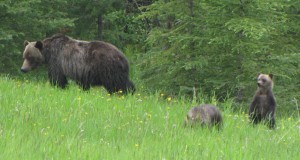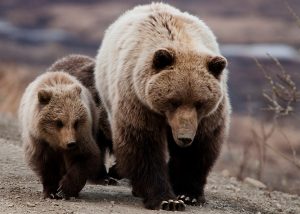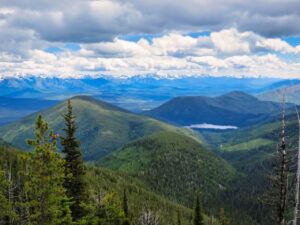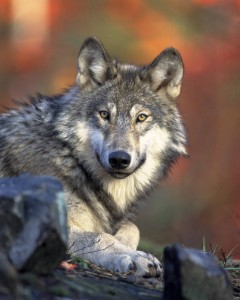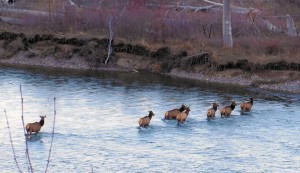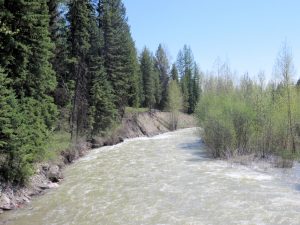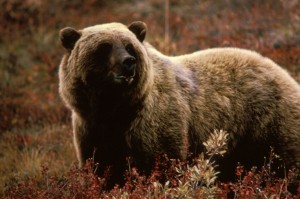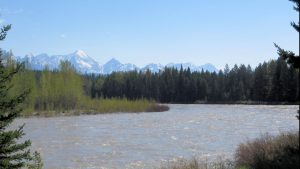
Here’s a good article in the Hungry Horse News on the federal habitat plan intended to provide protection for grizzly bears in this corner of the country even after they are removed from the Endangered Species List . . .
The U.S. Fish and Wildlife Service signed off on plan May 16 that looks to maintain grizzly bear habitat and recovery along the Continental Divide even after the bear is removed from the Endangered Species List.
The Habitat Recovery Criteria for the Northern Continental Divide Ecosystem, which includes about 8 million acres of land along the Divide from Glacier National Park south to Ovando, looks to maintain road density and other standards on federal lands, though it does include some wiggle room.
Roads and bears over the years have been a controversial subject, as federal land agencies — most notably the Forest Service, have either closed or completely torn out hundreds of miles of dirt roads that once criss-crossed the Forest. Studies have found that roads and grizzlies don’t mix — not because grizzlies won’t cross roads — they will — but because open roads often result in poaching or other forms of bear deaths due to interactions with humans.
